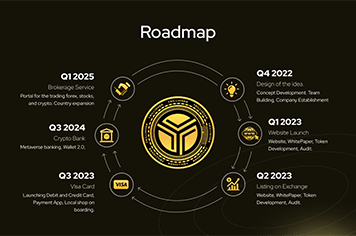The total supply of AVAX crypto coins is 444,790,281 AVAX.
Maximum Supply: 715,748,719 AVAX
Circulating Supply: 404,787,181 AVAX
Fully Diluted Market Cap: $18,585,370,120
Current Price: $25.97
If we talk about the total supply that will be released in the market, it is 720 million AVAX.
2.5% of the AVAX coins were given for seed sale out of which, 10% was released on the mainnet launch and the rest will be released every 3 months.
3.5% of these coins were given for private sale and 10% were released for mainnet launch and the remaining will be released every three months.
10% were released for public sale, 10% for mainnet launch, and 15% will be released every 3 months for 18 months.
9.26% of these coins were allocated to the foundation that will be released over a period of 10 years.
7% were for community endowment that will be released in 12 months.
0.27% were given for the testnet incentive program that are bound to release in a year.
5% will be for strategic partners and will be released over 4 years.
2.5% of Avalanche cryptocurrency coins are up for airdrops that will be released in 4 years.
10% are given to the team and will be released in 4 years.
50% are kept for staking rewards. There are annual rewards of 11.57% where the minimum staking is for 2 weeks with a minimum of 2000 Avalanche coins.


The trilemma of blockchain has made a lot of nuisance in the minds of crypto investors which Avalanche attempts to resolve. The issue is that blockchains are not capable enough to achieve a sufficient degree of decentralization. The consequences of this led to high gas fees. There are 3 interoperable blockchains designed by Avalanche.
The Exchange Chain: The main objective of X-Chain is to create and exchange the Avalanche tokens (AVAX) and other assets. This is similar to that of ERC-20 on Ethereum where the tokens will be following a set of standardized rules and uses the Avalanch consensus.
The Contract Chain: Avalanche AVAX future is seen to grow since the C-Chain provides the facility to host smart contracts and DApps. There is an Avalanche Virtual Machine which allows developers to create EVM-compatible decentralized applications and uses the Snowman consensus.
The Platform Chain: There is a P-Chain which is employed to coordinate the network validators, track active subnets, and allow the creation of new subnets. These subnets are basically sets of validators or like a validator cartel. Each of these subnets can validate several blockchains but only one subnet can validate a blockchain.

Talking about Avalanche (AVAX) vs Solana (SOL), you'll find out in the Avalanche AVAX news that these are two very popular blockchains. There may be some similarities between them but there are a few key differences that set them apart. The differences are:
Architecture: The architecture of Avalanche is a unique multi-chain architecture that has three separate blockchains and allows an enhanced flexibility and scalability. Solana, on the other hand, works on a single-layer blockchain which uses the Proof of History consensus which increases the speed and efficiency.
Transaction Speed: The speed that Solana provides for transactions is what sets it up in front of all the others. Having a speed of 65,000 transactions per second, Solana takes the win. However, Avalanche is fast but only processes around 4,500 TPS.
Smart Contract Capabilities: According to the Avalanche crypto latest news, smart contract is supported by both the platforms but differ in the approach. Avalanche is compatible with the EVM which helps in migrating dApps from Ethereum. Whereas Solana focuses more on providing a high-performance environment for decentralized applications.